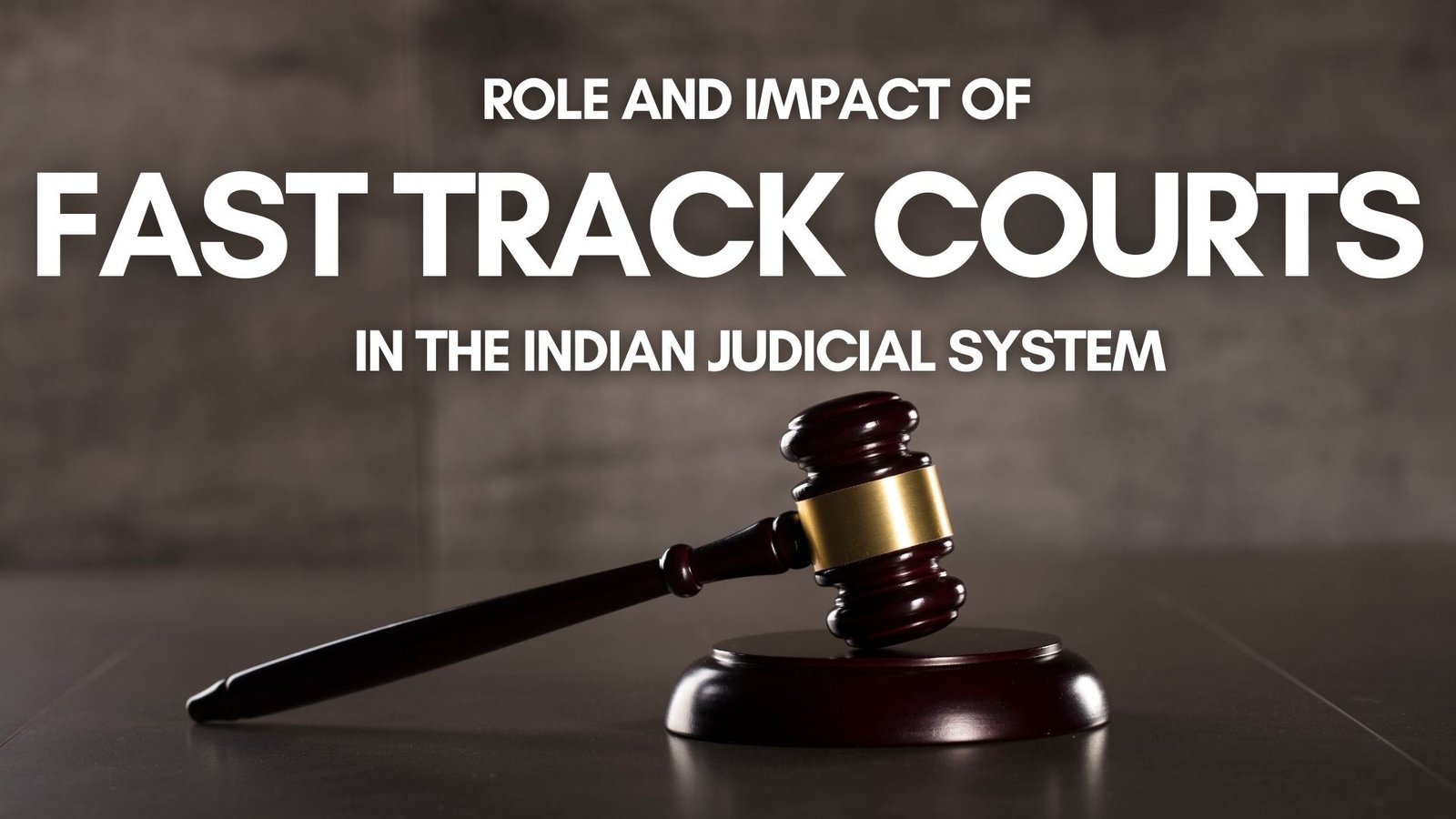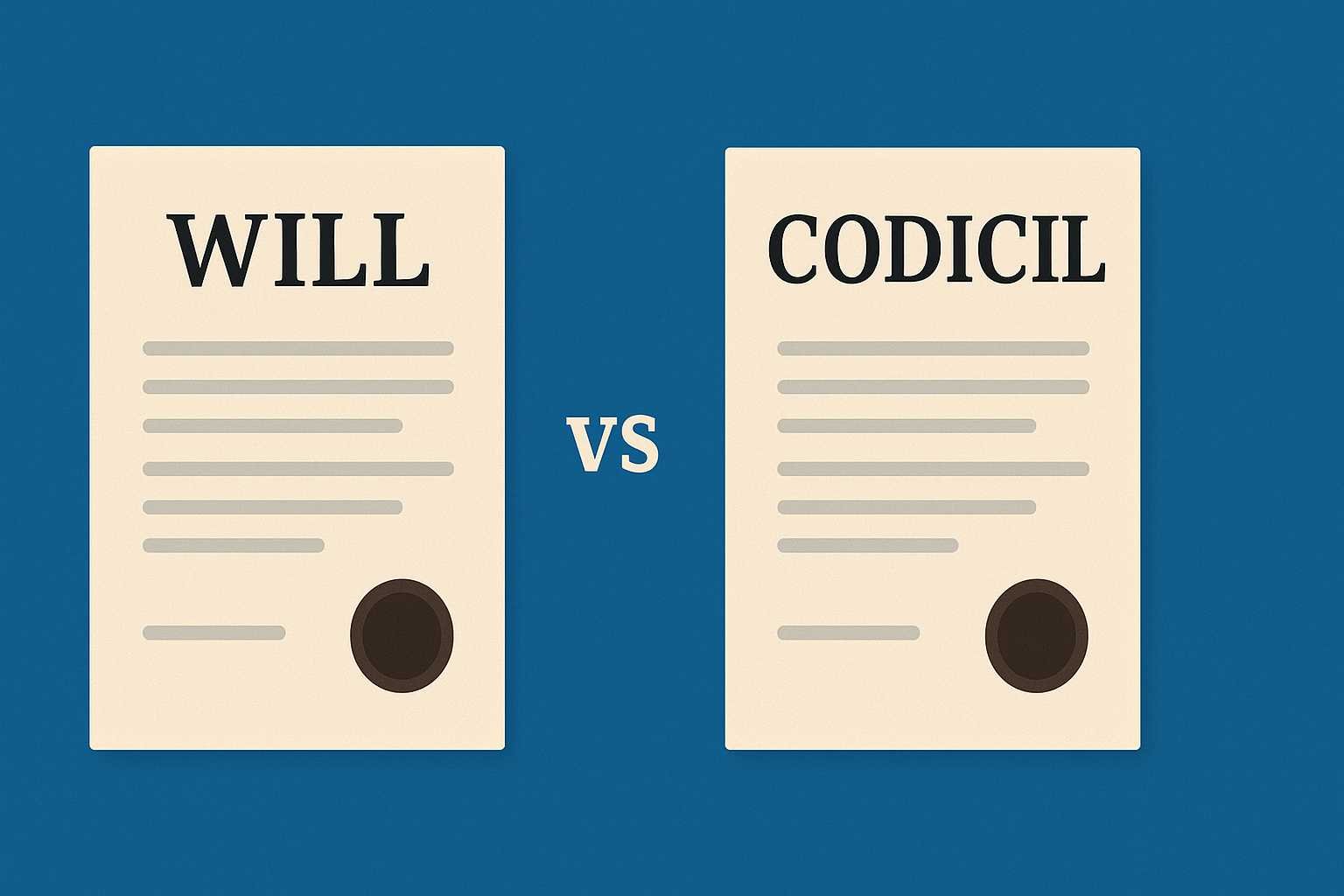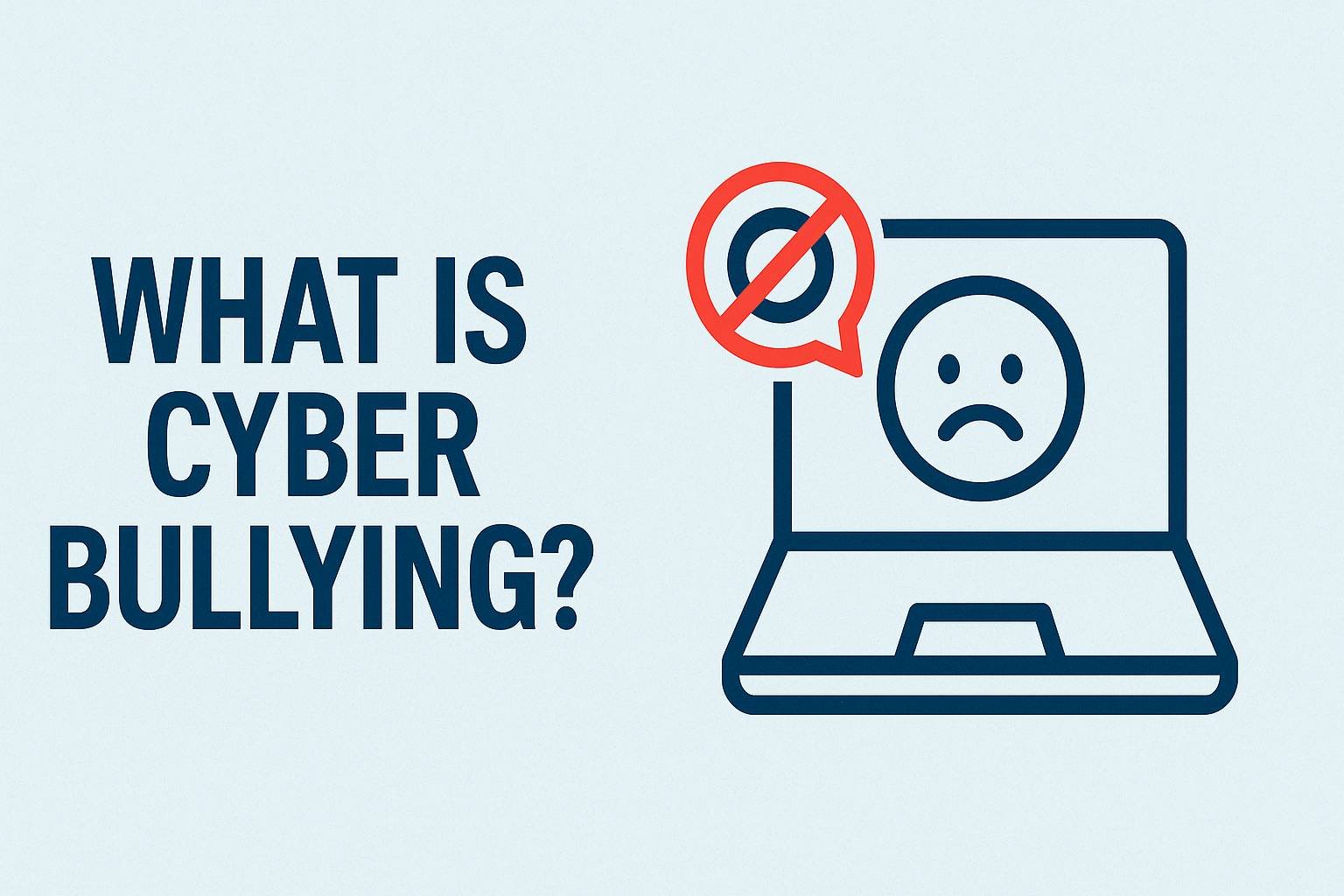On this page you will read detailed information about Hit and Run New Law in India.
Introduction
India has recently implemented a new hit-and-run law under the Bharatiya Nyay Sanhita, aiming to address the significant issue of hit-and-run accidents and their consequences. This law introduces stricter penalties for drivers who flee accident spots, with the objective of promoting safer roads and minimizing the number of such incidents. However, this new legislation has sparked controversy, particularly among truck drivers, who believe that the penalties imposed are too severe. In this article, we will delve into the details of the new hit-and-run law, explore the reasons behind its introduction, examine the reaction of truck drivers, and analyze the government’s stance on the matter.
Understanding the Hit and Run New Law
What Does the New Law Say
The new hit-and-run law, as stated in Section 106 (2) of the Bharatiya Nyaya Sanhita, imposes stricter penalties on drivers involved in hit-and-run accidents. Under this law, any driver who causes the death of a person due to rash and negligent driving and then flees the scene without reporting the accident to the authorities can face imprisonment for up to 10 years and/or be fined. The severity of the punishment is intended to deter drivers from fleeing accident spots and to ensure greater accountability for their actions.
Changes from the Previous Law
The previous hit-and-run law, as governed by the British-era Indian Penal Code (IPC), did not have a specific provision for hit-and-run cases. Actions related to such incidents were taken under Section 304 A of the IPC, which carried a maximum jail term of two years or a fine. The new law replaces the IPC and introduces more stringent penalties, with drivers potentially facing up to 10 years of imprisonment and a fine of Rs 7 lakh.
Reasons for Introducing the New Law
The introduction of the new hit-and-run law was driven by several reasons, all aimed at addressing the issue of hit-and-run accidents and their impact on society.
Minimizing Hit-and-Run Cases
Hit-and-run accidents have been a major concern in India, with approximately 50,000 deaths reported each year. The new law seeks to minimize the number of such incidents by imposing stricter penalties, thereby discouraging drivers from fleeing accident scenes. By enhancing the consequences of hit-and-run behavior, the hope is that drivers will think twice before leaving accident victims unattended.
In the previous post, we had shared information about The Role and Impact of Fast Track Courts in the Indian Judicial System, so read that post also.
Increasing Accountability
One of the primary objectives of the new law is to increase the accountability of drivers involved in hit-and-run accidents. By imposing harsher penalties, including imprisonment and significant fines, the law aims to ensure that drivers face the consequences of their actions. This increased accountability can serve as a deterrent and discourage drivers from engaging in hit-and-run behavior.
Updating the Legal Framework
The new hit-and-run law not only addresses the issue of hit-and-run accidents but also brings about crucial changes to the overall legal framework. By replacing the British-era IPC with the Bharatiya Nyaya Sanhita, the law modernizes the criminal justice system in India. The changes also extend to the Criminal Procedure Code (CrPC) and the Evidence Act, allowing for a more comprehensive and effective approach in dealing with hit-and-run cases.
Granting Victims More Rights
In addition to imposing stricter penalties on drivers, the new law also grants victims the right to speak during trials. This provision aims to give victims a voice and ensure a fairer legal process for those affected by hit-and-run accidents. By allowing victims to share their experiences and perspectives, the law seeks to promote justice and provide a platform for victims to be heard.
Promoting Road Safety
Road safety is a significant concern in India, and the new hit-and-run law aims to address this issue. By imposing harsher penalties for hit-and-run cases, the law sends a strong message that dangerous driving behavior will not be tolerated. The hope is that these stricter consequences will act as a deterrent and encourage safer driving practices, ultimately reducing the number of accidents on Indian roads.
Reaction of Truck Drivers
The introduction of the new hit-and-run law has faced opposition, particularly from truck drivers across the country. These truck drivers argue that the law is draconian and that the penalties imposed are too harsh. They fear that the fines are excessively high and could lead to financial hardships, affecting their livelihoods. Truck drivers believe that false accusations and accidents beyond their control could result in unfair 10-year sentences, further exacerbating their concerns.
Widespread Opposition
The All India Motor Transport Congress has strongly opposed the new hit-and-run law and has called for its recall. This organization, representing the interests of truck drivers, fears that the law could lead to harassment of drivers and negatively impact their profession. The significant opposition to the law highlights the concerns surrounding its fairness and potential unintended consequences.
Concerns of the Drivers
Truck drivers are deeply concerned about the implications of the new hit-and-run law. They argue that the penalties are disproportionately severe and could deter current drivers from continuing in their profession. Additionally, these drivers worry that the law may discourage new entrants, potentially affecting the future of the trucking industry in India. The fear of being falsely accused and receiving lengthy sentences without fair consideration of the circumstances adds to their apprehensions.
Impact of Protests
The opposition to the new hit-and-run law has led to widespread protests by truck drivers across the country. These protests have caused significant disruption to transportation and supply chains, with a considerable number of trucks, tempos, and containers remaining off the roads. This disruption has the potential to affect the distribution of fuel and essential commodities, leading to concerns about shortages. The protests highlight the gravity of the concerns raised by truck drivers and draw attention to the potential consequences of the legislation.
Government’s Stance on the Law
Despite the opposition and protests, the government has not shown any intention to withdraw the new hit-and-run law. The government emphasizes that the law is a necessary step to address the issue of hit-and-run accidents, which claim a significant number of lives each year. The stricter penalties are seen as a means to ensure greater accountability and promote safer roads. While the All India Motor Transport Congress has called for the recall of the law, the government has not responded with any indication of potential withdrawal.
No Intention to Withdraw
As of the latest available information, there are no indications that the government will withdraw the new hit-and-run law in India. The law remains in effect, despite the opposition and protests from truck drivers. The government is committed to its objective of minimizing hit-and-run cases and promoting road safety through stricter penalties.
Government’s Justification
The government justifies the new hit-and-run law by highlighting the alarming number of deaths caused by such accidents each year. The penalties imposed under the law are aimed at deterring drivers from fleeing accident scenes and ensuring that they face the consequences of their actions. The government believes that the law will contribute to safer roads and a more accountable driving culture.
Conclusion
The new hit-and-run law in India, implemented under the Bharatiya Nyay Sanhita, introduces stricter penalties for drivers involved in hit-and-run accidents. While the law aims to address the significant issue of hit-and-run cases and promote road safety, it has faced opposition from truck drivers who believe that the penalties are too severe. The government, however, maintains that the law is necessary to minimize hit-and-run incidents and increase accountability. The debate surrounding the new law highlights the complexities of balancing punishment with fairness and the need for continued dialogue to address the concerns raised.
Disclaimer
The information and services on this website are not intended to and shall not be used as legal advice. You should consult a Legal Professional for any legal or solicited advice. While we have good faith and our own independent research to every information listed on the website and do our best to ensure that the data provided is accurate. However, we do not guarantee the information provided is accurate and make no representation or warranty of any kind, express or implied, regarding the accuracy, adequacy, validity, reliability, availability, or completeness of any information on the Site. UNDER NO CIRCUMSTANCES SHALL WE HAVE ANY LIABILITY TO YOU FOR ANY LOSS OR DAMAGE OF ANY KIND INCURRED AS A RESULT OR RELIANCE ON ANY INFORMATION PROVIDED ON THE SITE. YOUR USE OF THE SITE AND YOUR RELIANCE ON ANY INFORMATION ON THE SITE IS SOLELY AT YOUR OWN RISK. Comments on this website are the sole responsibility of their writers so the accuracy, completeness, veracity, honesty, factuality and politeness of comments are not guaranteed.
So friends, today we talked about Hit and Run New Law in India, hope you liked our post.
If you liked the information about Hit and Run New Law in India, then definitely share this article with your friends.
Knowing about laws can make you feel super smart ! If you find value in the content you may consider joining our not for profit Legal Community ! You can ask unlimited questions on WhatsApp and get answers. You can DM or send your name & number to 8208309918 on WhatsApp









